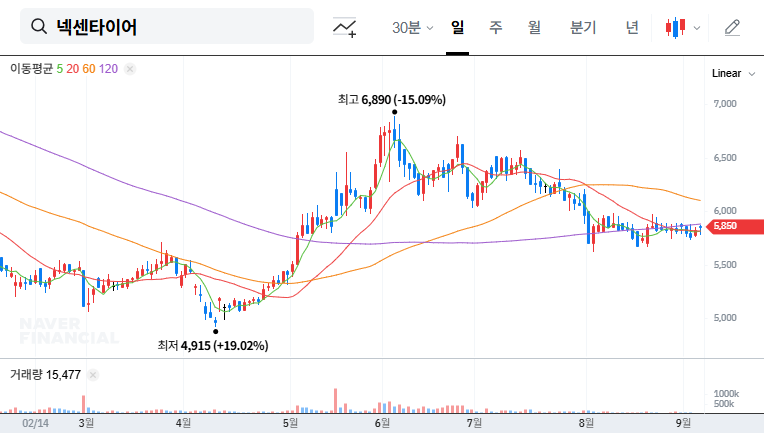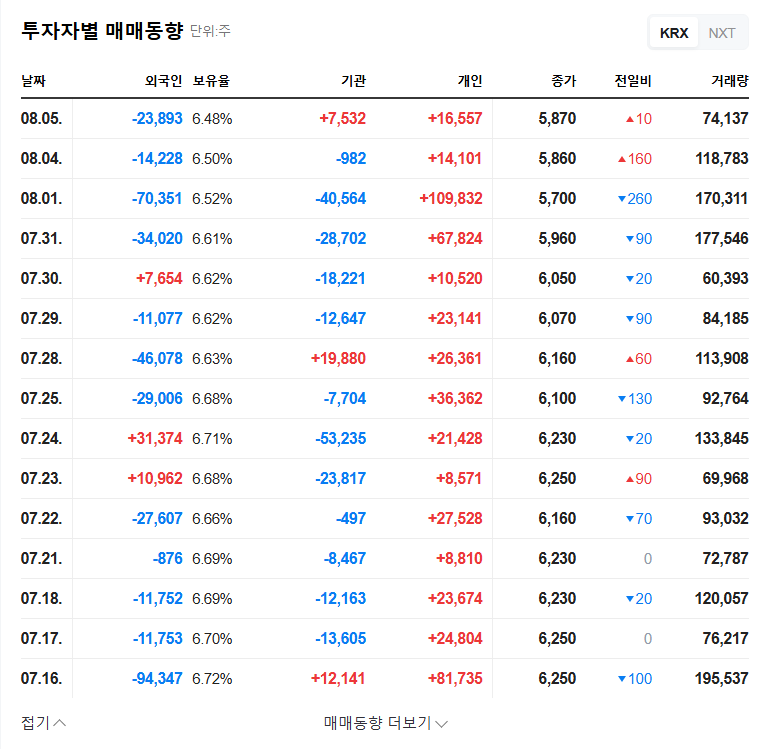
1. What’s Happening with Nexen Tire?
Nexen Tire achieved consolidated revenue of KRW 1.5759 trillion in the first half of 2025, a 9.3% increase year-on-year. Strengthened global sales networks and expanded premium OE supply have contributed to continued sales growth, with operating profit also improving to KRW 83.3 billion. However, the operating profit margin remains low at 5.29%.
2. Why is Nexen Tire Important?
The global tire market is expected to grow steadily due to emerging market growth and the expansion of the electric vehicle market, but competition is also intensifying. Uncertainties in the external environment, such as rising raw material prices, increasing logistics costs, exchange rate fluctuations, and US market risks, could continue to weigh on Nexen Tire’s profitability. In this context, Nexen Tire is focusing on securing future growth engines, such as electric vehicle tires, through expanded R&D investment while maintaining a solid financial structure.
3. Key Takeaways from the September 11th IR
This IR will provide insights into Nexen Tire’s growth strategies and future vision. Key areas of interest include profitability improvement strategies, electric vehicle tire development status, global market strategies, exchange rate and interest rate volatility response strategies, and US market risk mitigation strategies. The information presented at the IR can significantly impact investor sentiment and stock prices.
4. What Should Investors Do?
- Carefully analyze the IR content: Evaluate management’s vision and risk management capabilities through the presentation and Q&A session.
- Maintain a long-term perspective: Consider Nexen Tire’s long-term growth potential without being swayed by short-term stock price fluctuations.
- Consult expert opinions: Refer to expert analysis and advice before making investment decisions.
FAQ
When is the Nexen Tire IR meeting?
It is scheduled for September 11, 2025, at 2:20 PM.
What will be presented at the IR?
The first half of 2025 business performance, future growth strategies, and key risk management plans will be presented.
How can I participate in the IR?
You can find participation details on the Nexen Tire IR website or through public disclosures.

